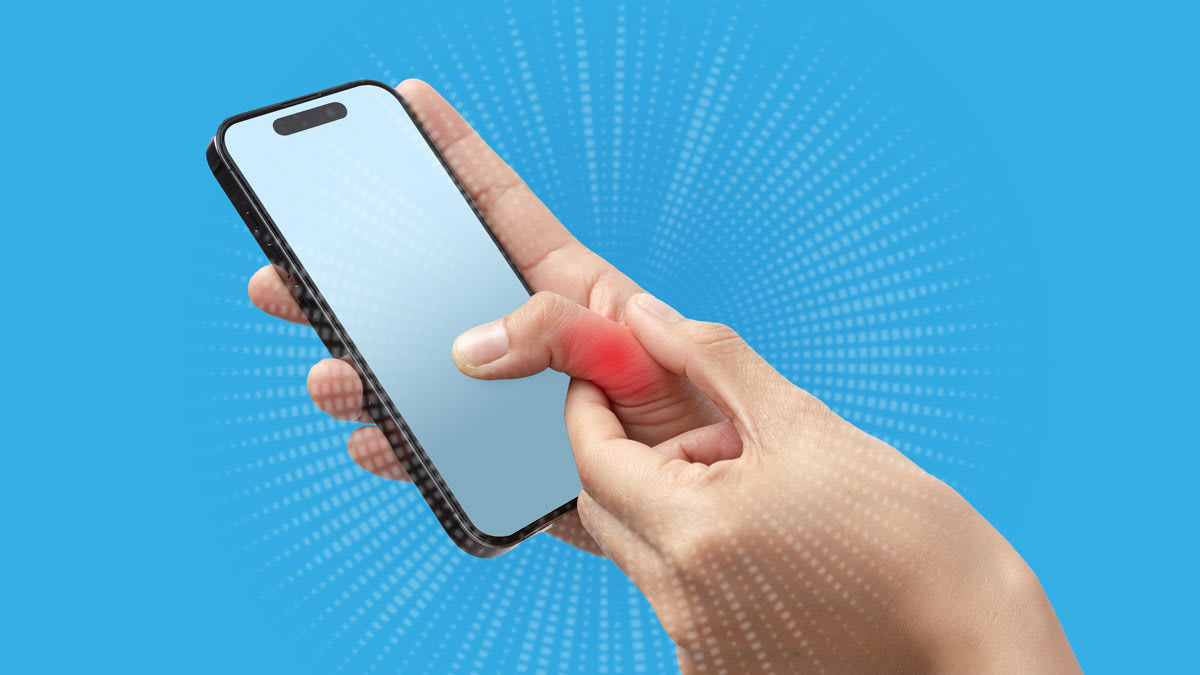
Yes, Your Smartphone Can Cause Hand Pain
- 23.03.2025 10:47
- consumerreports.org
- Keywords: Hand Pain, Neck Pain, Shoulder Pain, Lower Back Pain, Eyestrain
Using smartphones for extended periods can cause hand, neck, and shoulder pain due to repetitive movements and poor posture. Taking regular breaks, adjusting phone position, stretching, and using hands-free options can help alleviate discomfort.